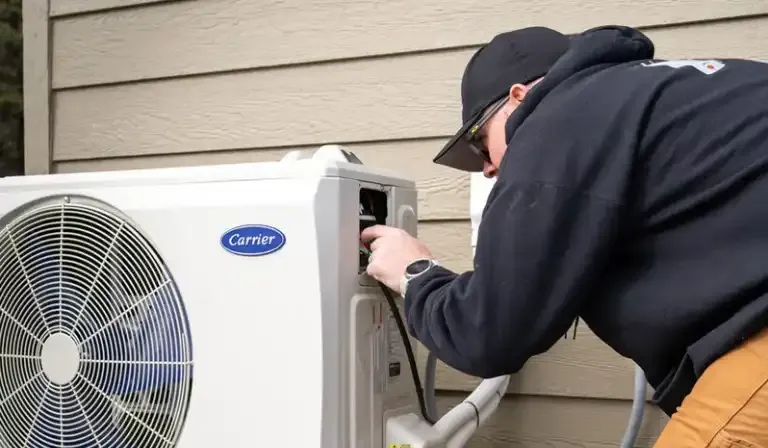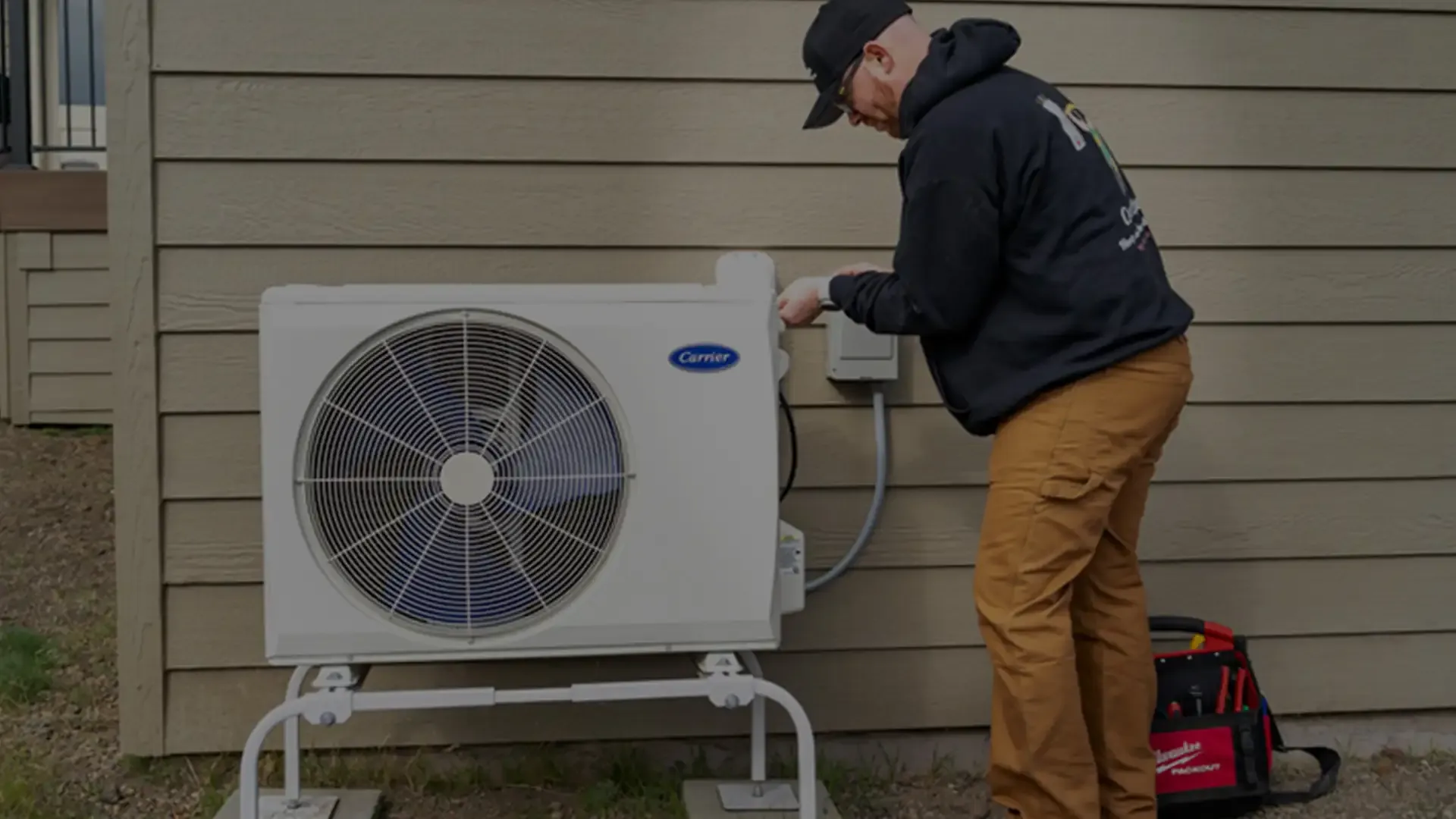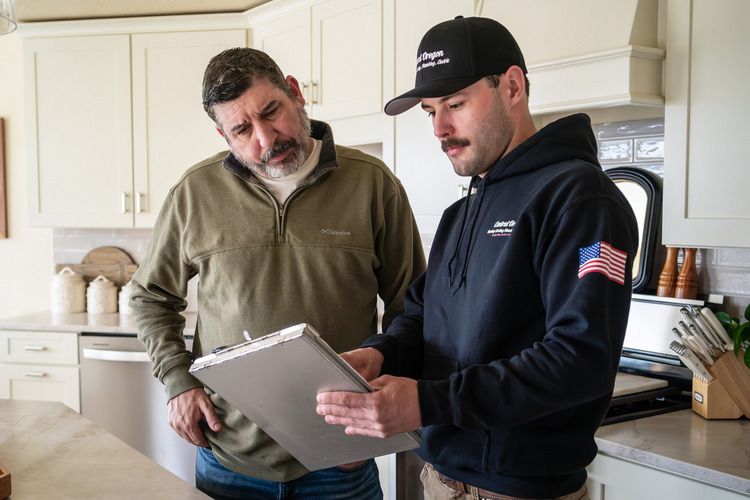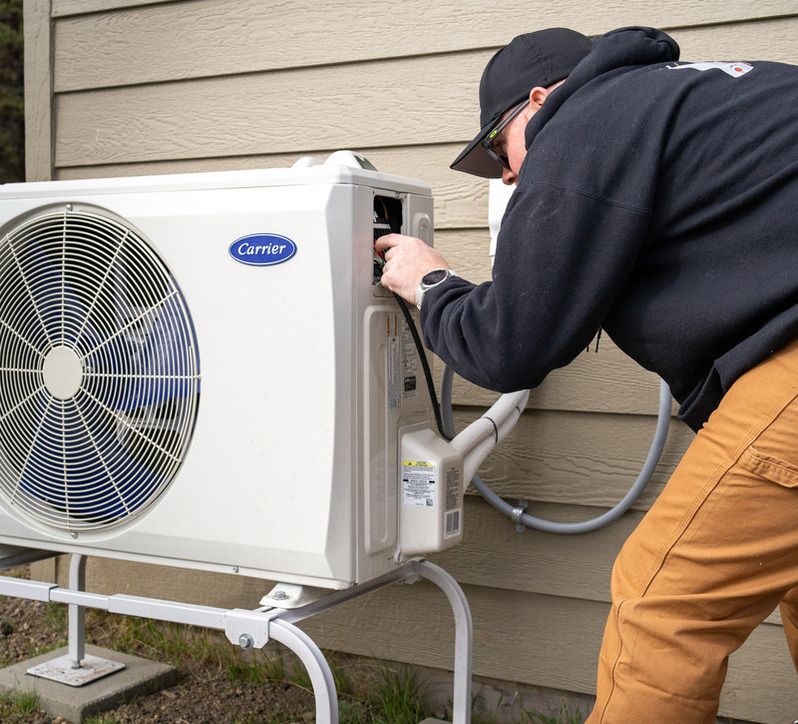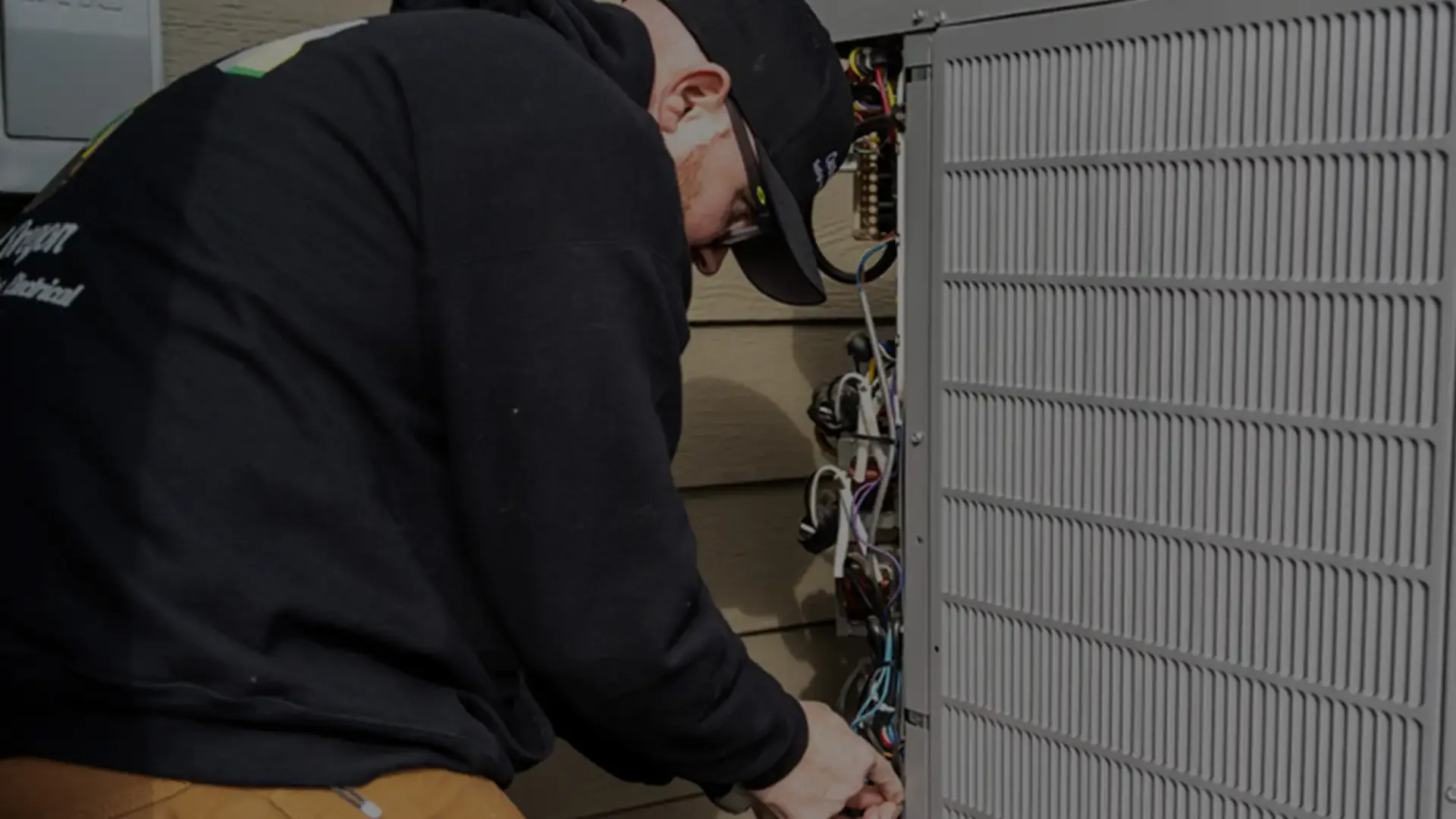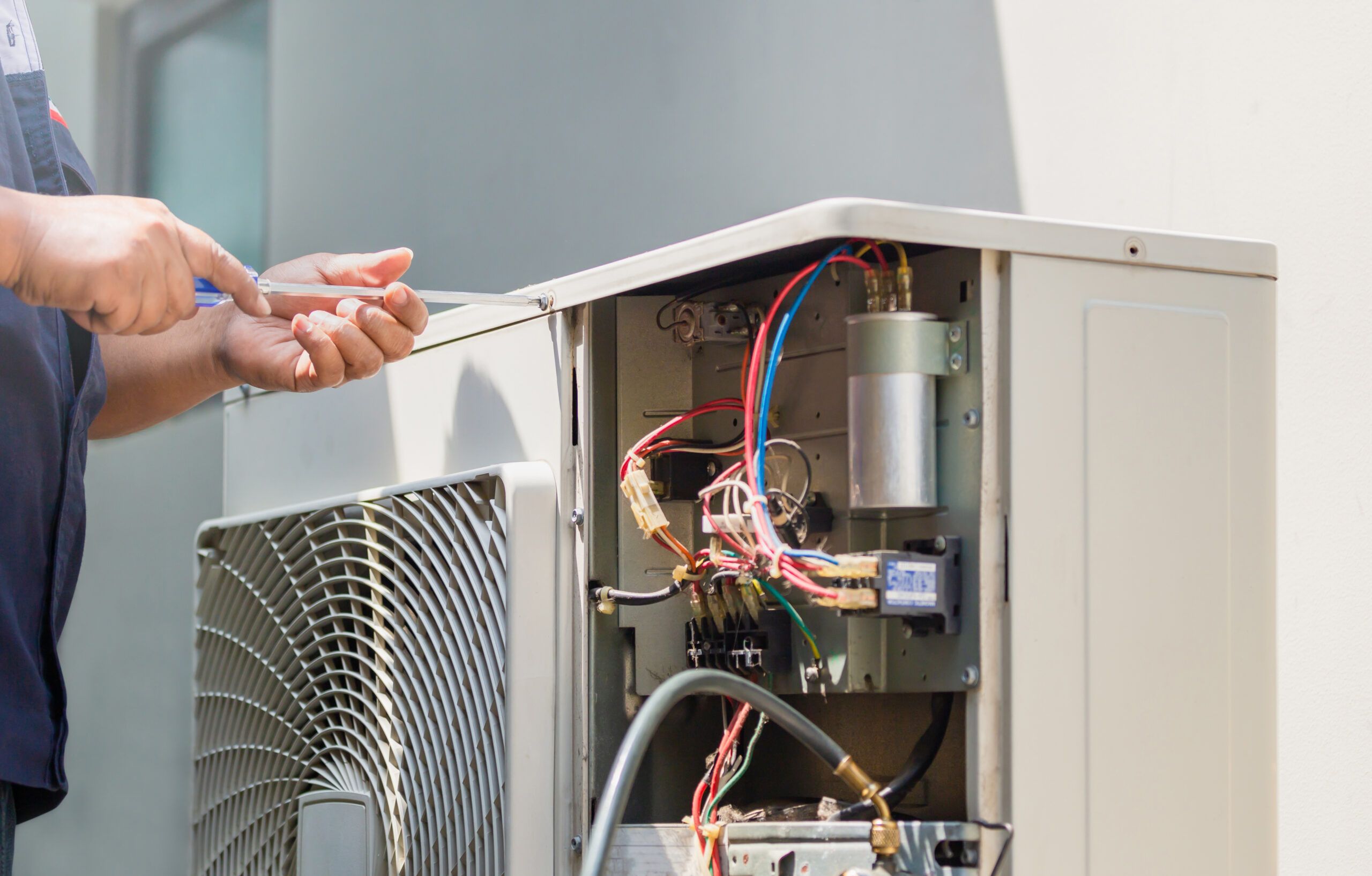Why Indoor Air Quality Matters in Central Oregon
Through the year, outdoor air conditions in Bend and the surrounding area can fluctuate significantly. Dust, allergens, smoke, and a dry climate can impact your indoor air quality and your family’s respiratory health.
The summer’s wildfire season is already upon us. The Cram Fire in Central Oregon recently reached 95,000 acres in size and became the largest U.S. fire of 2025.
For families, homeowners, and business owners, wildfire season is becoming yet another season to prepare for. Thankfully, the right air filtration system can help your heating, ventilation, and air conditioning (HVAC) system remove harmful contaminants from the air, helping your family breathe easier.
Why Indoor Air Quality Is Important
No matter where you live, your indoor air quality shouldn’t be an afterthought. The typical American spends 90% of their time indoors. While inside your home feels comfortable and safe, the Environmental Protection Agency (EPA) has found that some pollutants are two to five times higher indoors.
While HVAC air quality solutions are designed to protect your indoor air and health, this is only true if they are properly maintained. Dirty filters and poor maintenance can allow fine particles to recirculate in the air, impacting your family’s air quality and respiratory health.
Common Central Oregon Air Quality Challenges
When it comes to protecting your home’s air, the first step is determining which contaminants you need to filter out of the air. Then, you can figure out the best air purifier installation or HVAC filter upgrade for your home.
- Dust and Pollen: Dust and pollen aren’t just an inconvenience for allergy sufferers. They can also cause asthma attacks and worsen COPD symptoms.
- Wildfire Smoke Particles: Being aware of wildfire smoke risks is important for Oregon homeowners. While double-blind studies aren’t possible, recent studies of people in smoke-prone areas have found that even a couple of days of exposure can worsen cardiovascular issues for several months afterward.
- Dry Air: Because of Oregon’s dry summers, residents may experience respiratory irritation from the air. Additionally, low humidity can increase the concentration of pollutants.
- Lack of Filtration: The right dust, pollen, and smoke filtration can improve your air quality, making HVAC filter upgrades especially important.
- Older Homes: Many Bend and Redmond neighborhoods have older homes that are more prone to air quality issues because of their unsealed ducts and lack of high-quality filtration.
How HVAC Systems Can Improve Indoor Air
With a little long-term IAQ planning and the right HVAC filter upgrade, you can enhance the air quality in your home. For example, MERV 13 filters offer a superior level of filtration. Besides reducing dust, debris, and airborne pollutants, these MERV 13 filters can lower the strain on your HVAC system.
During your routine HVAC maintenance, one of our HVAC technicians can inspect your ducts for signs of tears or pinpoint holes. When there are holes in your ductwork, the air pressure pulls dirt and dust inside. In turn, this can impact your overall air quality. By investing in duct sealing in Bend, OR, you can avoid this source of air contamination.
Another method for boosting your air quality is with smart IAQ monitors. These devices are capable of detecting the air quality in your home. They will automatically trigger your HVAC system to modify the airflow. Smart IAQ monitors can also activate your air purifiers and humidifiers as needed.
While your furnace, heat pump, or air conditioner comes with a filter, the air filter’s primary purpose is to keep contaminants out of the HVAC system. For ongoing air quality issues, it’s a good idea to invest in a separate air purifier as a supplemental system. You can add purifiers to specific rooms for targeted filtration or install them on your entire system to protect your whole home.
How to Fix Poor Air Quality in Your House
As a homeowner, there are a few important HVAC air quality solutions that you can use. You can also schedule an indoor air quality assessment.
Filter Changes
Remember to change your filter regularly. Most manufacturers require the filter to be changed or cleaned every 30 to 90 days.
Inspections
Book Central Oregon HVAC services for routine tune-ups each spring and fall. Our HVAC technicians will ensure your HVAC system is clean and operating efficiently, ensuring the best air quality possible.
Exhaust Fans
Exhaust fans in your bathrooms and kitchen can help to reduce excess humidity. Kitchen exhaust fans are especially important because combustion byproducts from cooking can significantly impact your home’s indoor air quality.
Ductwork Sealing
When it comes to particulate matter and filtration, ductwork sealing can help reduce the amount of contaminants that get into your HVAC system.
Cleaning
Vacuuming your home can decrease the amount of pollen and pet dander on your floors, boosting your air quality.
By investing in air quality improvement in Bend, OR, you can improve your family’s respiratory health and comfort. Plus, air quality updates can help your HVAC system operate more efficiently and decrease your overall energy costs.
Our Approach to Indoor Air Quality Services
At Central Oregon Heating, Cooling, Plumbing & Electrical, we understand the climate in Central Oregon and the type of HVAC devices that work best. By partnering with our team, you can enjoy a few important benefits.
Professional Filter Upgrades
After evaluating your family’s comfort needs and your existing system, we can determine what type of air filtration system makes the most sense.
Air Purification Consultations
Whether you want to ask about whole-home purification systems or MERV 13 filters, our team can consult about your goals.
Non-Invasive Duct Evaluations
We don’t have to take your entire duct system apart to search for pinpoint holes and gaps. Our team will quickly evaluate your existing ductwork and let you know if there are any IAQ concerns.
Honest, Personalized Support
We’ve been a leading HVAC provider in Central Oregon for years, which is why we think long term. This means we provide you with the advice you need, with no pressure. Our only goal is to make sure your family has the air quality and comfort they need.
Get a Professional IAQ Evaluation
Whether you’re concerned about pollution, wildfire smoke, or pollen, the right air purifier installation or air filtration system can help. Outdoor air quality can fluctuate throughout the year, directly impacting your family’s respiratory health and allergies. By scheduling a no-obligation inspection, you can find out more about the IAQ systems that work best in Central Oregon.
We’re proud to support Bend and Redmond families with honest, helpful HVAC solutions. As a trusted part of the local community, we solve common indoor air quality problems because your comfort and safety matter to us.

